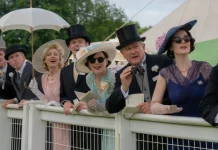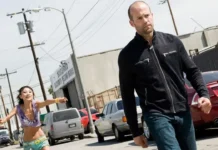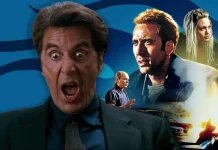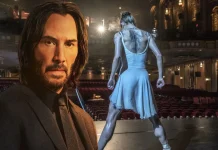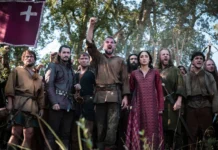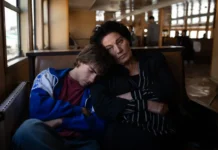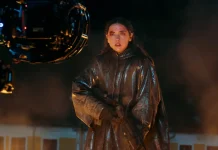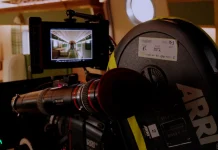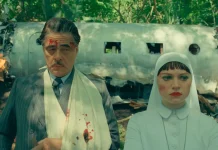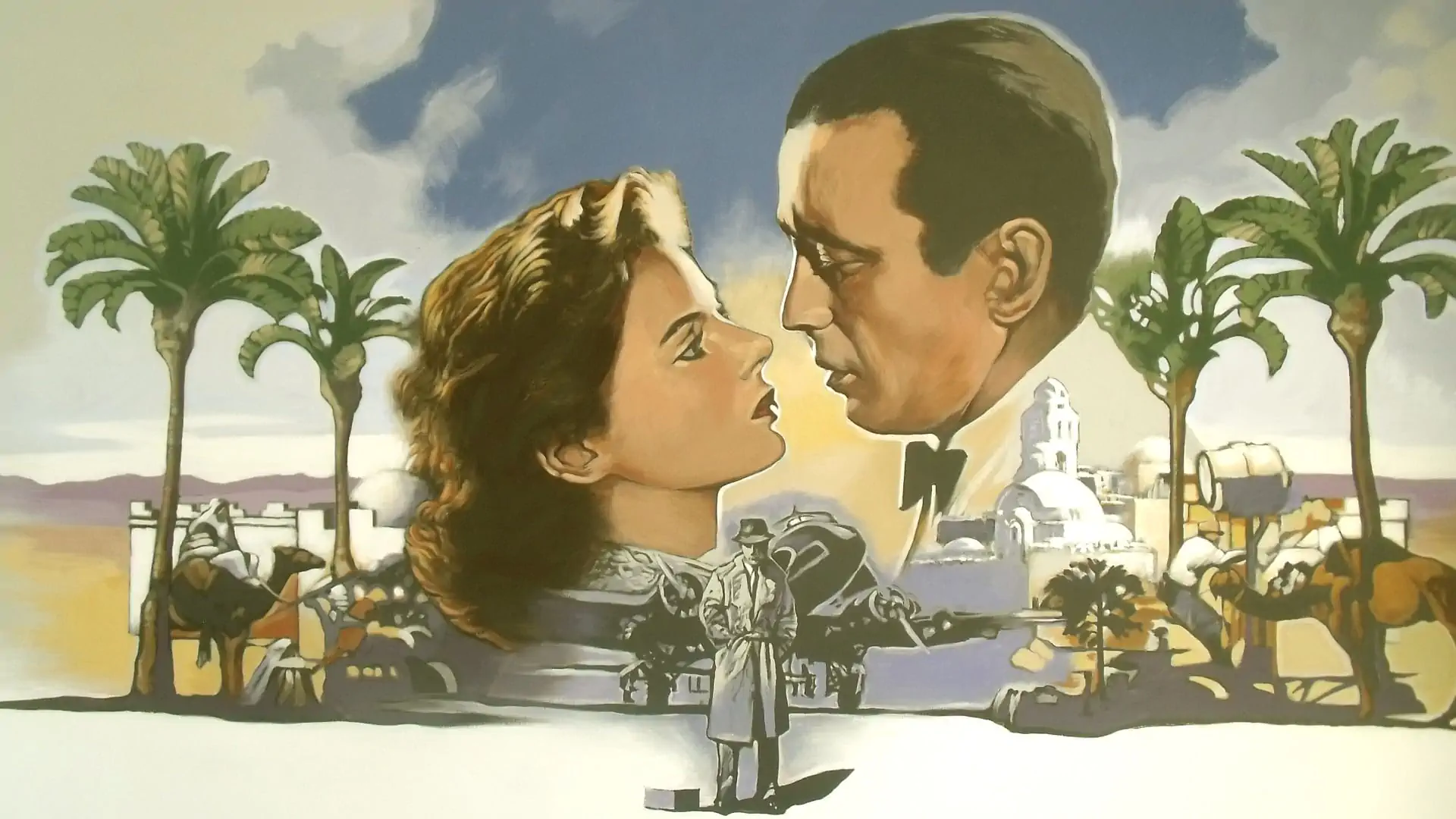The Golden Age of Hollywood is often thought of as a time when the film industry was at its peak – when A-list stars were gracing the silver screen and movie goers were captivated by intricate plotlines and beautiful cinematography. From the 1920s to 1960s, classic films brought us memorable characters, enthralling stories, and lasting impressions.
But while these classics are still beloved today, it’s important to look back at them critically. In this blog post, we will explore the classic Hollywood era through a modern lens, discussing how its films reflect society during that time and what they can teach us today.
The Golden Age of Hollywood
The golden age of Hollywood refers to the period between the late 1910s and the early 1960s when the American film industry was at its peak. This was a time when movies were highly influential in society and were seen as a form of entertainment for the masses. Some of the most iconic films from this era include “Gone with the Wind”, “Citizen Kane”, “The Wizard of Oz” and “Casablanca”.

The golden age of Hollywood was also a time when studios such as MGM, Warner Bros. and Paramount were at the forefront of filmmaking. This was an era when stars such as Humphrey Bogart, Cary Grant and Audrey Hepburn dominated the silver screen.
The Classic Hollywood Style
The Classic Hollywood style refers to the period between the early 1920s and late 1950s when the American film industry was based in Hollywood, California. This period is often referred to as the Golden Age of Hollywood. The classic Hollywood style is characterized by a number of conventions, including a focus on narrative, continuity editing, shot-reverse-shot sequences, and a specific iconography.
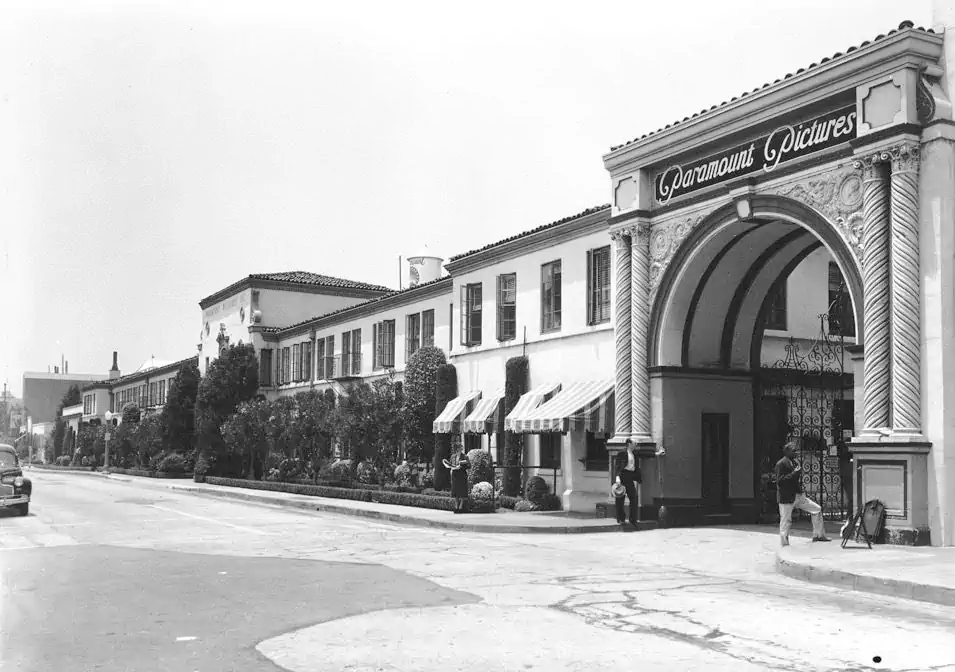
During the classic Hollywood era, films were typically shot in black and white and featured a linear narrative structure. Continuity editing was used to ensure that each scene flowed smoothly into the next. Shot-reverse-shot sequences were often used to depict conversations between two characters. Iconographic elements such as the American flag and images of Hollywood celebrities were often prominently featured in classic Hollywood films.
The Major Players of the Golden Age
While the era of classic Hollywood cinema is often associated with major studio productions, there were a number of key players that contributed to its success. Among them were independent producers, directors, and actors who helped shape the Golden Age of Hollywood.
One of the most important players in the Golden Age was producer David O. Selznick. Selznick was responsible for some of the era’s most successful films, including “Gone with the Wind“ and “Rebecca”. He was known for his meticulous attention to detail and his commitment to quality filmmaking.
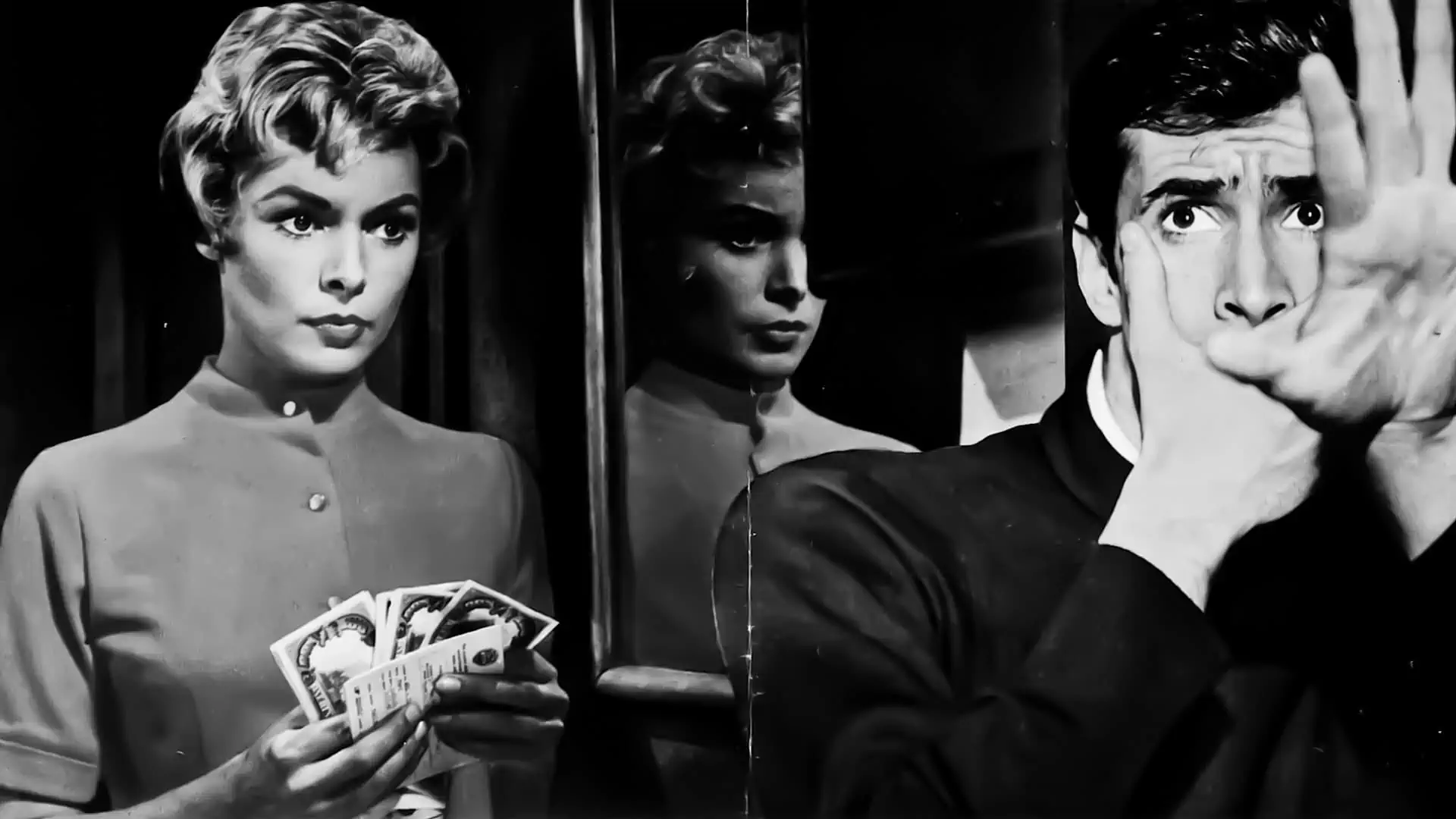
Another major player was director Alfred Hitchcock. Hitchcock directed some of Hollywood’s most iconic films, including “Psycho“ and “Rear Window“. He was known for his suspenseful storytelling and his use of innovative camera techniques.
Finally, no discussion of the Golden Age would be complete without mention of actor Humphrey Bogart. Bogart appeared in a number of classic films, including “The Maltese Falcon” and “Casablanca“. He was known for his tough-guy persona and his magnetic screen presence.
The Films of the Golden Age
When we think of Hollywood’s Golden Age, we often think of the big studio system and its star-studded films. But what exactly made this period so special? In this article, we’re taking a look back at Hollywood’s Golden Age and the films that made it so great.
The Golden Age of Hollywood is generally considered to be the period between the late 1920s and the early 1960s. This was a time when the big studio system was in full swing and movies were churned out on a regular basis. The studios had a stable of contract players who they could rely on to make hit films.
Watch Casablanca (1942) Trailer:
Some of the most iconic films from Hollywood’s Golden Age include “Gone with the Wind”, “The Wizard of Oz“, “Casablanca”, and “Citizen Kane”. These are all films that have stood the test of time and are still popular today. They are also examples of the kind of high-quality filmmaking that was commonplace during this period.
So what made Hollywood’s Golden Age so special?
There are a number of factors that contributed to its success. First, there was a strong pool of talent to draw from. Second, the studios had a lot of money to invest in making high-quality films. And third, audiences were eager to see new movies on a regular basis.
All of these factors came together to create a golden age for Hollywood filmmaking.
The Legacy of the Golden Age
The Golden Age of Hollywood is considered to be from the end of the silent era in American cinema, around 1929, through to the early 1960s. This was a time when the studio system was at its peak and films were carefully controlled by a few large studios. The period is often referred to as the “Golden Age of Hollywood” because it was a time when many classic films were made. Some of the most famous actors and actresses emerged during this time, including Humphrey Bogart, Cary Grant, Audrey Hepburn, and Marilyn Monroe.
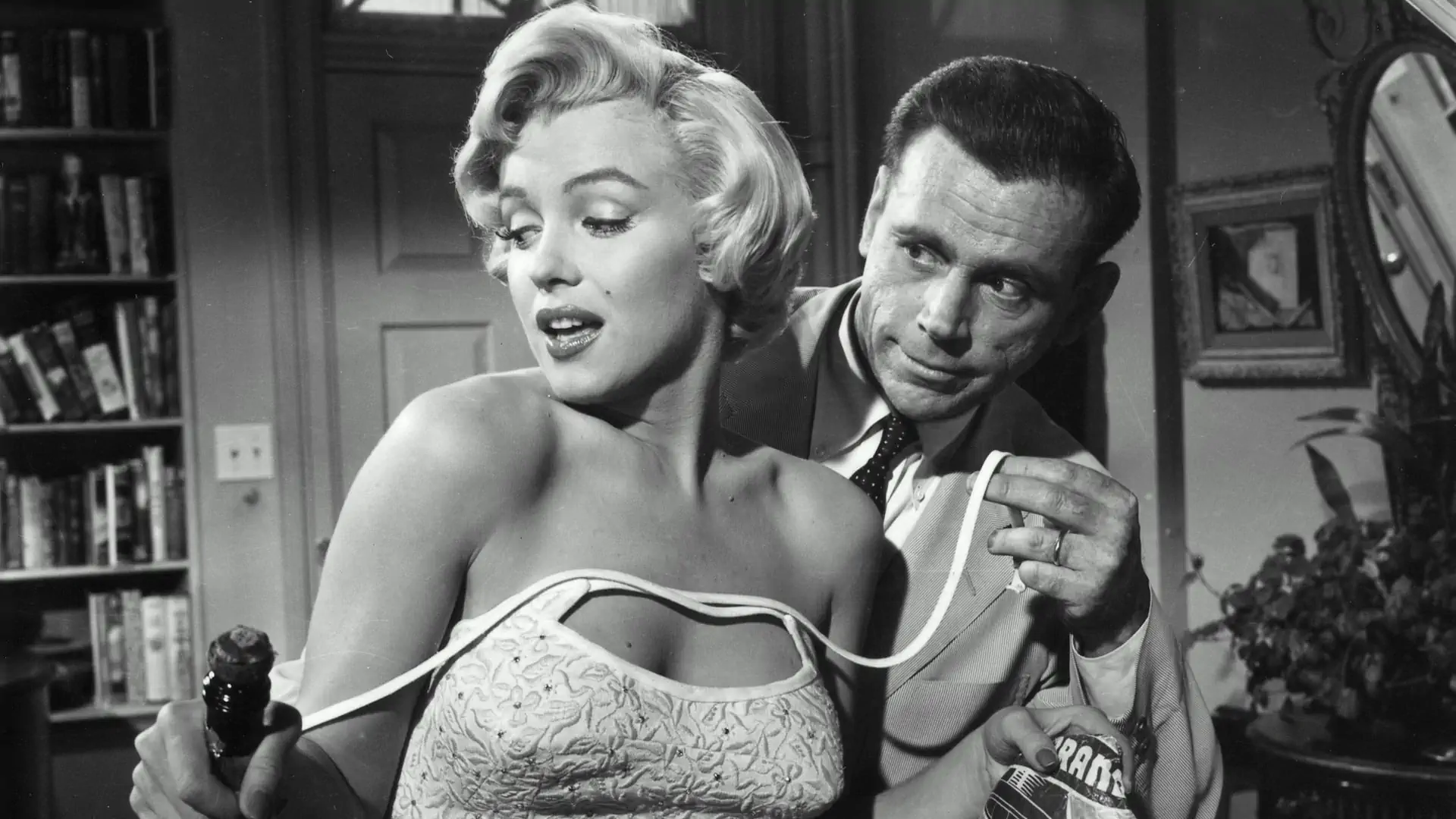
Hollywood’s golden age began to come to an end in the 1950s as television started to become more popular. People could watch movies in their own homes and this meant that they didn’t have to go to the cinema as much. This had a big impact on the film industry and many studios started to close down. By the early 1960s, Hollywood’s golden age was over.
Despite this, some classic films were still being made during this time. For example, “The Sound of Music” (1965) and “The Godfather” (1972) are two of the most popular films ever made and both were released during Hollywood’s decline.
Today, there is a growing interest in classic Hollywood films. Many people are interested in watching old movies and learning about the golden age of Hollywood. There are also many websites and channels dedicated to classic film



